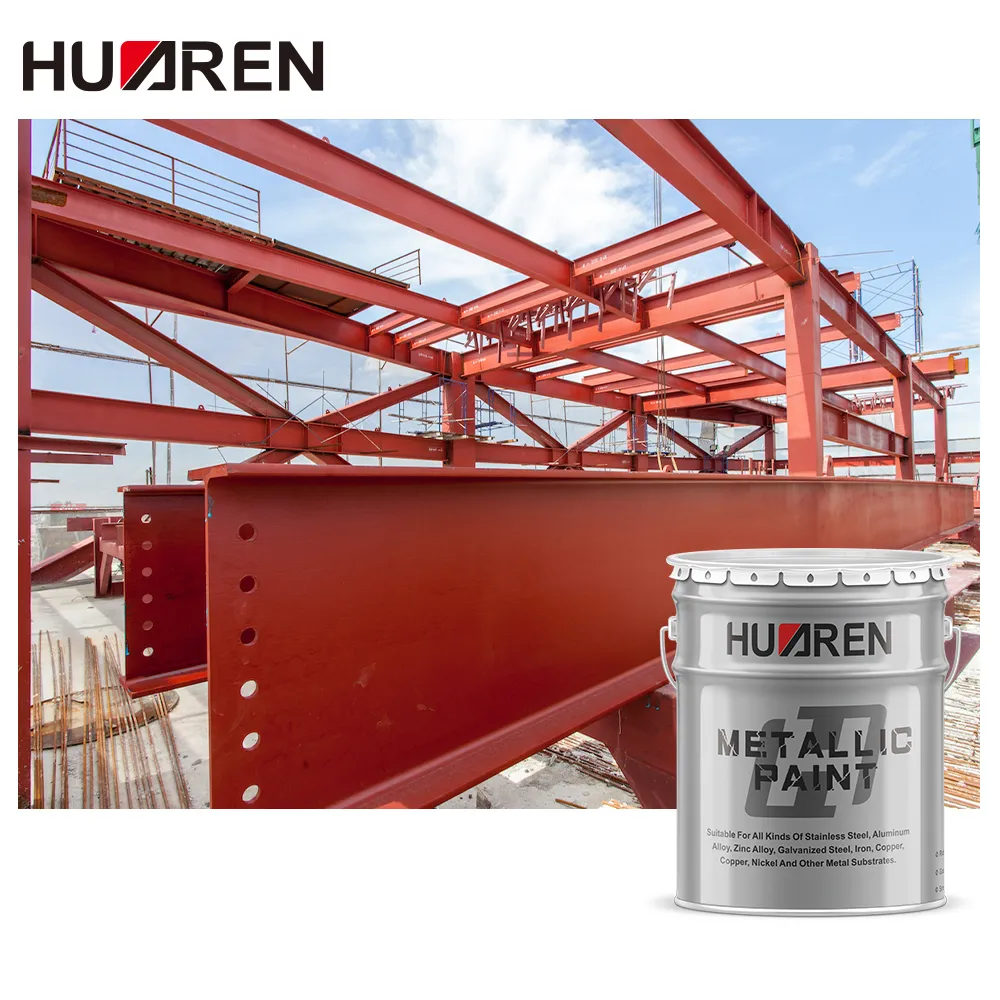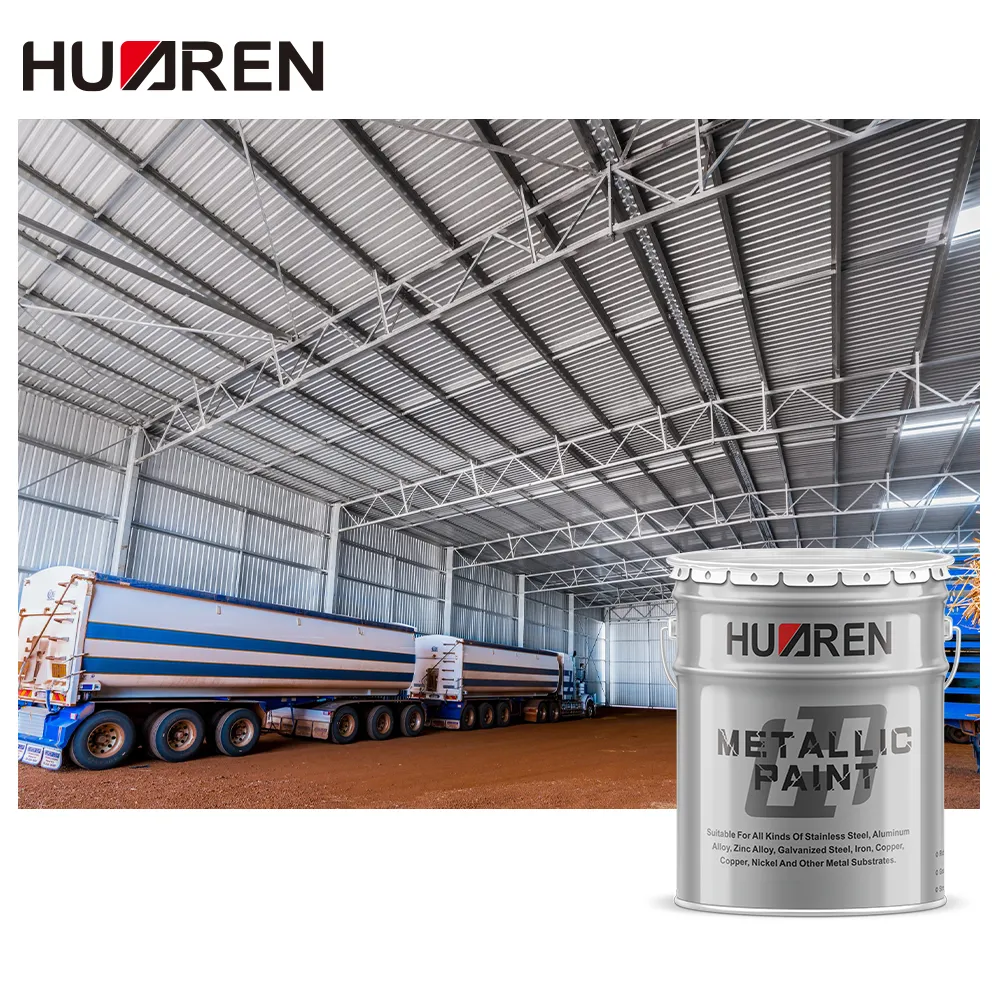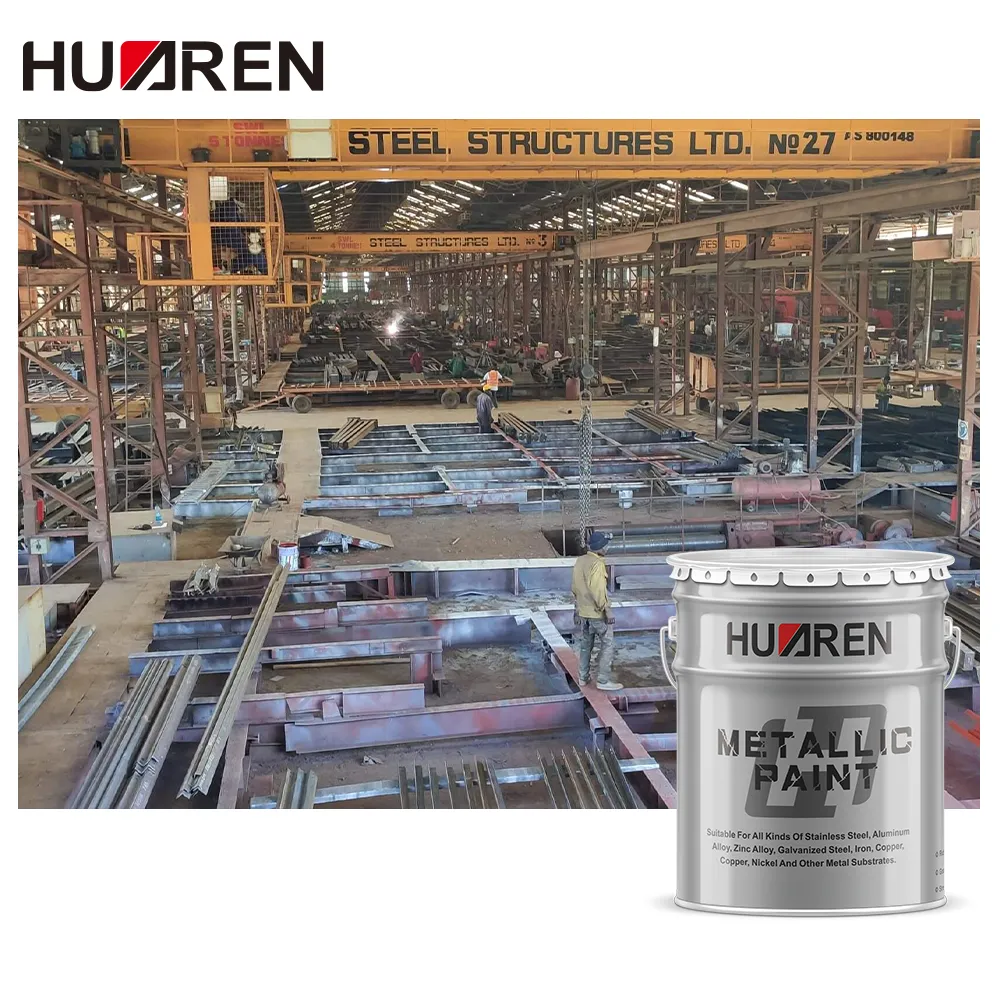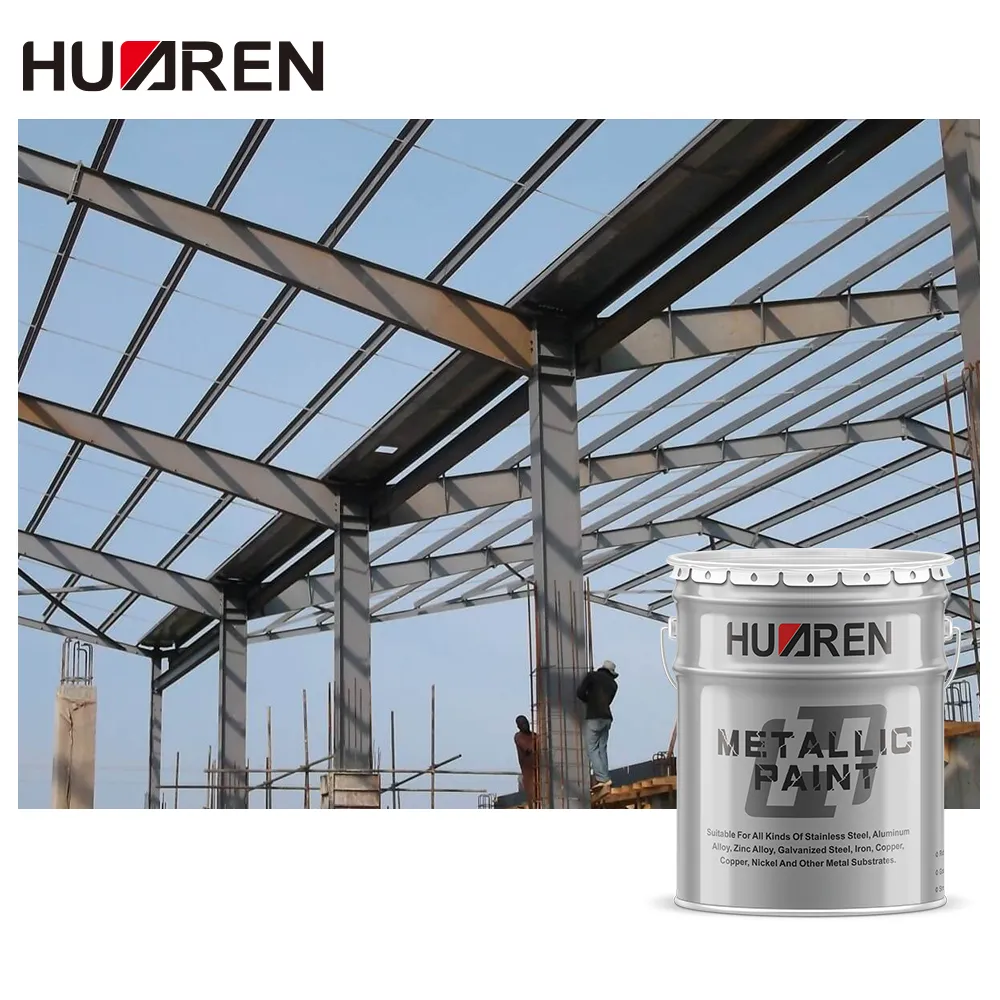As an environmentally friendly paint, water based metallic paint is increasingly used for coating various metal surfaces, especially in environments that require environmental protection and low VOC emissions. Compared with traditional solvent-based paints, water based metallic paint not only has a lower volatile organic compound (VOC) content, but also has a more delicate coating effect and strong adaptability, especially in home decoration and industrial coatings. However, many people have doubts about whether metallic water based paint can cover old paint and form a strong adhesion on the original coating.
This article will discuss this issue from many aspects, including the characteristics, application conditions, construction requirements and combination with old paint of water based metallic paint.

What are the characteristics of water based metallic paint?
Water based metallic paint is a paint that uses water as a solvent, mainly composed of water, pigments, additives, resins and other ingredients. Compared with traditional oil-based paint, the biggest feature of metallic water based paint is its environmental friendliness, because its VOC (volatile organic compound) emissions are extremely low, and the impact on human health and the environment is small. In addition, metallic water based paint dries quickly and is more convenient to use.
The composition and properties of metallic water based paint make it very suitable for coating metal surfaces, including steel, aluminum alloy, stainless steel, etc. Depending on the different uses, water based metallic paint can provide anti-corrosion, anti-rust, wear resistance and weather resistance, and is widely used in construction, machinery, transportation, home appliances and other fields.
The main features of water based metallic paint include:
● Strong environmental protection: Water-based paint has a low VOC content, which reduces the harm to the environment and human body.
● Strong corrosion resistance: It is particularly suitable for metal surfaces and can effectively prevent metal from rusting.
● Good adhesion: It can form a strong bond with different metal surfaces.
● Easy operation: Compared with traditional solvent-based paint, metallic water based paint is more convenient to apply and does not require the use of harmful solvents.
● Quick drying: Water based metallic paint dries quickly, reducing the waiting time for construction.
● Good weather resistance: Water based metallic paint can adapt to different climate environments and has good UV resistance.

Can water based metallic paint cover old paint?
Whether metallic water based paint can cover old paint depends on two main factors: the type of old paint (whether it is water-based paint or solvent-based paint) and the surface condition of the old paint. Generally speaking, metallic water based paint can cover old paint, but it must be ensured that the old paint layer is in good condition and has not fallen off, cracked or severely peeled off. If there are major problems with the old paint surface, directly applying water based metallic paint on it may cause poor adhesion of the new coating, and even bubbling and peeling. Therefore, it is particularly important to inspect and treat the old paint before construction.
1. When the old paint is water-based paint
If the old paint on the metal surface is water-based paint, water based metallic paint can usually be applied directly on it, provided that the old paint layer is intact and the surface is clean. Water-based paint itself has good adhesion, it can firmly bond with the surface of the old water-based paint and form a stable coating. However, if the old paint surface is faded, worn or contaminated, it needs to be cleaned and polished before painting to ensure the adhesion of the new coating.
2. When the old paint is solvent-based paint
For solvent-based paint (such as oil-based paint or polyurethane paint, etc.), although water based metallic paint can be painted on it, the adhesion is weak and requires additional treatment. The surface of solvent-based paint is usually smooth, and the adhesion of water-based paint may not be as expected. Therefore, before painting, the old paint layer needs to be sanded or sandblasted to increase the surface roughness, thereby enhancing the adhesion of metallic water based paint.
3. The old paint surface is in good condition
If the old paint surface has no obvious damage, peeling or peeling, and the surface is clean and flat, water based metallic paint can usually be directly covered. Before painting, it is necessary to ensure that there are no impurities such as oil, dust, etc. on the surface. The metal surface can be scrubbed with a neutral detergent to ensure the adhesion of the new coating.
4. Damage to the old paint surface
If the old paint surface has peeled, peeled or cracked, it is not suitable to paint water based metallic paint directly on it. At this time, the old paint layer must be completely removed. You can use sandpaper, scrapers or chemical paint strippers to remove the old paint layer until the metal surface is completely exposed. Then, apply the new paint.

What is the construction process of water based metallic paint?
In the actual construction process, the painting process of metallic water based paint is very important. A good construction process can effectively improve the adhesion, durability and appearance of the coating, especially when covering the old paint. The following is the standard water based metallic paint construction process:
1. Surface cleaning
Before applying metallic water based paint, you first need to clean the metal surface to ensure that there are no impurities such as oil, dust, and dirt. You can use a neutral detergent to clean the metal surface, or use a solvent to clean the old paint layer. For rusted parts, you need to use sandpaper or a brush to remove the rust to avoid affecting the adhesion of water based metallic paint.
2. Polishing the old paint layer
If the old paint layer is smooth or has signs of peeling or falling off, you must use sandpaper to polish its surface to form a certain degree of roughness to help the water based metallic paint adhere better. Be careful not to over-damage the metal surface when sanding, especially when working on an already intact old paint layer.
3. Apply primer (if necessary)
If the old paint layer is damaged or the painted surface is too smooth, it is recommended to apply a layer of primer first. Primer can increase the adhesion of metallic water based paint to the metal surface and improve the coverage of the coating. Choose the appropriate primer according to the type of metal and surface condition to be painted.
4. Apply water based metallic paint
After the primer is dry, you can start applying water based metallic paint. You can choose tools such as rollers, spray guns or brushes for painting, depending on the shape of the metal surface and the requirements for the painting effect. When painting, try to keep it even and avoid missing paint and sagging.
5. Drying and curing
Water based metallic paint has a fast drying time, but make sure it is not exposed to water or excessively rubbed within a reasonable time after application. Generally, it takes more than 24 hours for metallic water based paint to fully cure. Make sure the coating is fully dry before subsequent use.

What are the advantages and disadvantages of water based metallic paint?
Water based metallic paint has become an increasingly popular choice in the market due to its environmental friendliness and performance advantages. However, although metallic water based paint performs well in covering old paint, it still has some limitations.
Advantages of water based metallic paint:
● Good environmental friendliness: low VOC, reducing pollution to the environment and harm to the human body.
● Convenient construction: no need to use harmful solvents, construction is simpler, and there is no pungent smell.
● Quick drying: metallic water based paint dries quickly, which can reduce construction time.
● Strong adhesion: On properly treated metal surfaces, metallic water based paint has good adhesion and can provide better protection.
Disadvantages of water based metallic paint:
● High surface requirements: For old paint surfaces, especially solvent-based paint surfaces, water based metallic paint has poor adhesion and requires more surface treatment.
● Moisture sensitive: During the construction of metallic water based paint, excessive humidity may affect the quality of the coating, so it is necessary to ensure that the environmental conditions are suitable. 3. Less durable: Compared to solvent-based paints, water based metallic paints may not be as resistant to weathering and abrasion in some cases.
Where can I buy industrial coatings in bulk from Huaren Chemical?
Huaren Chemical Industry Co., Ltd. offers bulk purchasing options for a wide array of industrial paints and coatings. Whether you're looking to buy floor coatings, metallic water based paints, or corrosion-resistant products, we supply wholesale quantities at competitive prices. We specialize in customized solutions for clients across multiple industries including petrochemical, steel structures, and more. Get in touch with us to receive personalized quotes and benefit from our ongoing promotions.

